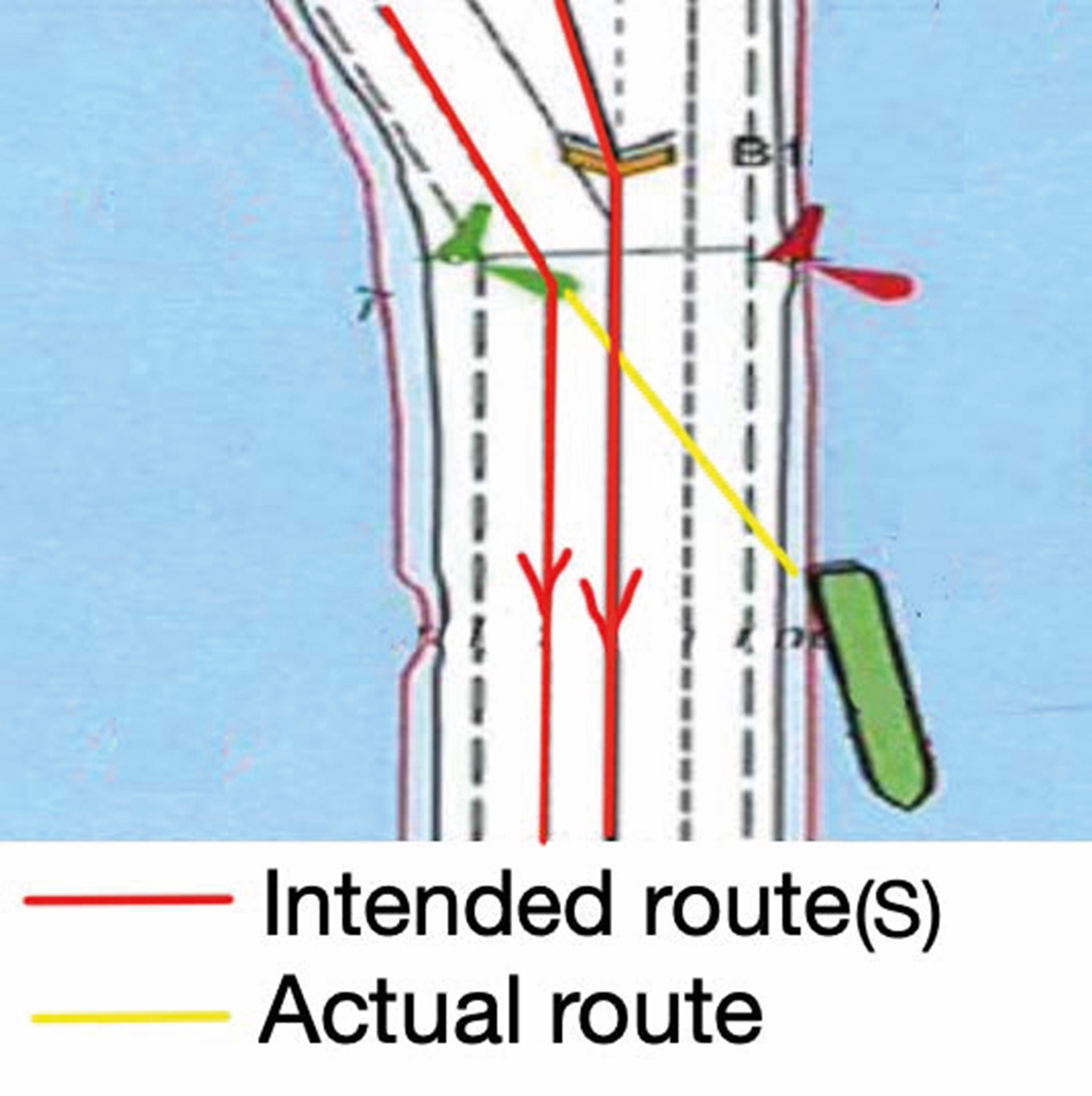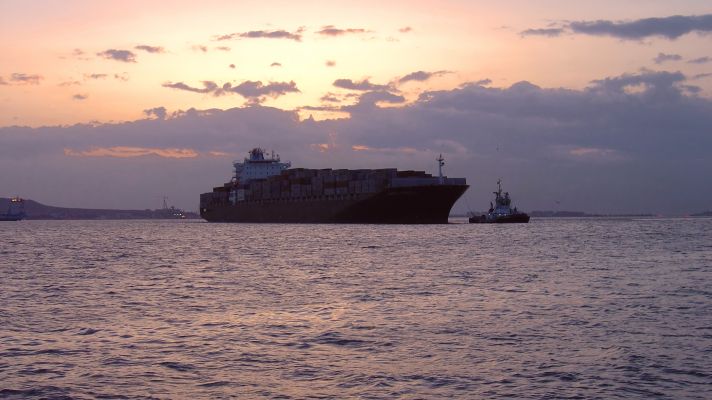When conning a vessel, keep your mobile phone in “airplane mode”. The Nautical Institute gives this warning in its latest Mars Report, in which mobile phone use contributed to a large container vessel grounding.
The Nautical Institute gathers reports of maritime accidents and near-misses. It then publishes these so-called Mars Reports (anonymously) to prevent other accidents from happening. A summary of this incident:
A large container vessel left port outbound under pilotage and was underway in a restricted waterway in darkness.
The pilot was using his Portable Pilot Unit (PPU) as the primary means of navigation, as was his practice – he cited reliability and other issues with equipment that was not his own as his reasons for preferring this. However, no equipment failures had been cited on this vessel.
When the relieving officer of the watch (OOW) came to the bridge, the pilot was conning the vessel, but was also on his mobile phone on a personal call, as he had been for the past 47 minutes. About eight minutes after the new OOW had relieved the previous OOW, the pilot finished his call and ordered full ahead.
Also read: ‘Maritime industry needs to recognise and address the risk of mobile phones’
Very soon after ordering full ahead the pilot made another personal call on his mobile phone lasting approximately four minutes and sent a text message image to another pilot on non-urgent business matters. As the vessel approached a course alteration point the pilot ordered a heading of 161°. The helmsman confirmed this order.
About two minutes later, the pilot viewed another screen on his PPU with the intention of taking a screenshot from another voyage. This action had the effect of distracting the pilot; he was now preoccupied with saving the screenshot and sending a non-urgent business email to another pilot. Meanwhile, the vessel crossed the inbound lane, overshooting the next course alteration to starboard.

The OOW voiced his concern, stating that the vessel’s heading was 161° and speed was approximately 13 knots. The pilot, looking at his phone, verbally acknowledged the OOW, but took no action. The OOW then informed the pilot that the pilot’s PPU did not match the ship’s ECDIS – in which he was correct, as the PPU was still showing a previous voyage that the pilot wanted to make a screenshot of. The pilot put away his mobile phone and began to use the ship’s ECDIS, ordering first 15° starboard rudder, then hard to starboard approximately twenty seconds later. The vessel grounded in the mud outside the channel soon afterwards.
Various initial salvage efforts with the vessel’s own engines and then with tugs in the hours and days that followed the grounding failed to re-float the vessel. The salvage operation finally required dredging operations around the vessel and the removal of 505 containers. The vessel was finally refloated some 35 days later.
Also read: Priscilla Grounding: Watch officer was watching videos on his phone
Advice from The Nautical Institute
- Whether you are a pilot, OOW or master – if you are in the wheelhouse and assisting or conning a vessel keep your mobile phone in “airplane mode”.
- The OOW voiced his concerns hoping to stimulate an action from the pilot. When the action did not come, the OOW then remarked that the pilot’s PPU image was not the same as the vessel’s ECDIS. The two minutes that were lost during the intervening time were probably enough to have saved the grounding had the action come immediately after the first ‘challenge’ from the OOW.
- An example of a diplomatic yet firm and unambiguous “challenge” could be: ‘Mr Pilot, we are running into danger and our speed is 13 knots – we seem to have missed the course alteration point’.
Also read: USCG: Lack of situational awareness and poor BRM caused Ever Forward grounding
Mars Reports
This accident was covered in the Mars Reports, originally published as Mars 202314, that are part of Report Number 365. A selection of this Mars Report was also published in SWZ|Maritime’s April 2023 issue. The Nautical Institute compiles these reports to help prevent maritime accidents. That is why they are also published (in full) on SWZ|Maritime’s website.
More reports are needed to keep the scheme interesting and informative. All reports are read only by the Mars coordinator and are treated in the strictest confidence. To submit a report, please use the Mars report form.
Also read: Captain Beaumaiden loses licence for two years after causing grounding








